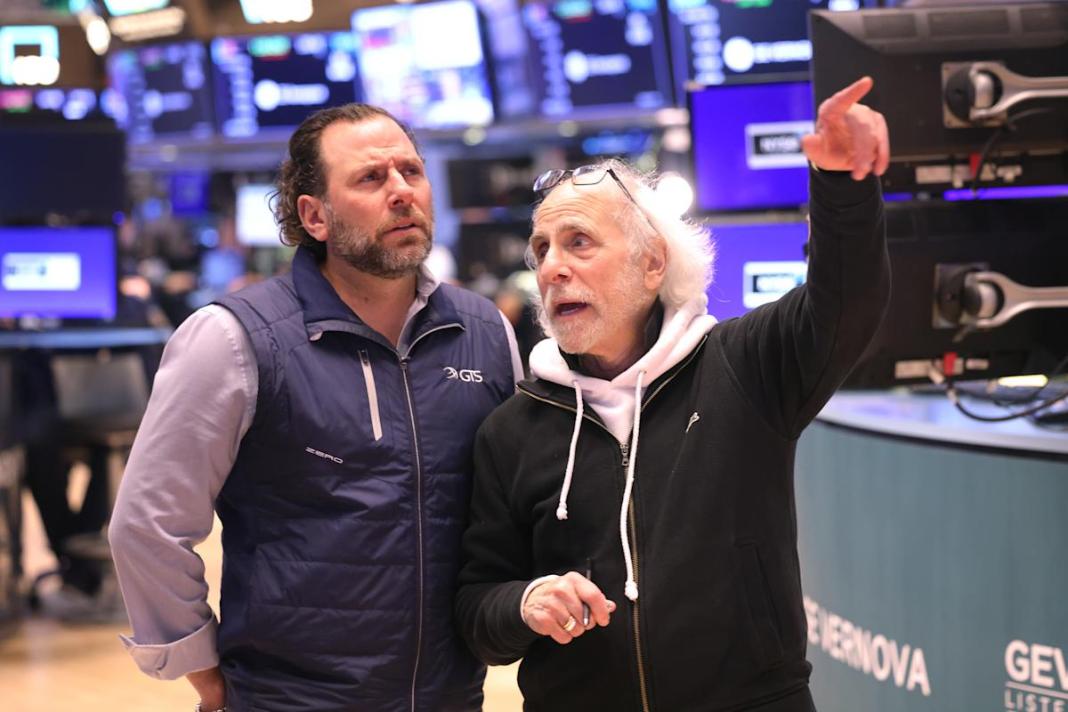Richard E. Benedick, the chief United States negotiator of the Montreal Protocol, a groundbreaking international agreement to reduce CFCs and protect the ozone layer, passed away on March 16 at the age of 88. His legacy lives on as a key figure in the fight against ozone depletion and environmental protection.
In May 1985, a report in the journal Nature revealed a massive hole in the ozone layer above Antarctica, caused by the use of chlorofluorocarbons (CFCs) in aerosol sprays, refrigeration, and air conditioning. This alarming discovery led to the signing of the Montreal Protocol in 1987, which aimed to significantly reduce CFCs and prevent millions of deaths from skin cancers.
Despite facing opposition from within the Reagan administration and foreign countries skeptical of the link between CFCs and ozone depletion, Mr. Benedick’s determination and diplomatic skills were instrumental in achieving the historic agreement. His efforts paved the way for the eventual phase-out of CFCs and the healing of the ozone hole above Antarctica by the 2060s.
Mr. Benedick’s commitment to environmental protection extended beyond the Montreal Protocol, as he later attempted to address the issue of global warming. Despite facing political challenges and skepticism, his passion for nature and the outdoors drove him to advocate for action on climate change.
His daughter, Julianna Benedick, remembers him as a dedicated family man who loved taking his children to national parks and instilling in them a love for nature. Mr. Benedick’s legacy as a champion of environmental protection and international cooperation will continue to inspire future generations in the fight against climate change.


